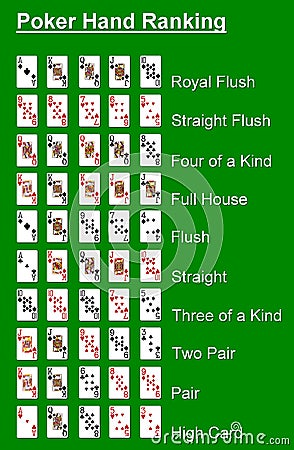

It is also very useful in forecasting the event basis of past data. An exponentially weighted moving average is also highly studied and used as a model to find a moving average of data.
It can also be used in showing website visitors fluctuations on days of the week.ĮWMA is a tool for detecting smaller shifts in the mean of the time-bound process. In the real-world, this method can be used in chemical processes and day-to-day accounting processes. It is measured using the population size, the critical value of normal distribution at the required confidence level, sample proportion and margin of error. It can be used when the subgroup sample size Sample Size The sample size formula depicts the relevant population range on which an experiment or survey is conducted. It is quite good at detecting smaller shifts but slower in detecting the large shift. The more recent data is, the highest weightage it will get. It is beneficial in reducing noise in noisy time series data points, which can be called smooth. 
Data for which we want to get an exponentially weighted moving average should be time ordered.

Monitoring variance requires the user to use some other technique.
This method can be used to calculate the average. It can be used only when we want to detect a small shift in the process. It can only be used when continuous data over the time period is available. Each data point in the Exponentially Weighted Moving Average represents a moving average of points. Because of that, data doesn’t get affected much when outliers occur. This weightage can be changed to compare various averages. User can give weightage to each data point at his/her convenience. All other charts tend to treat each data individually. 
+ an)/n read more using an entire history of data or output.
It can be used to find average Find Average The average value represents the set of data values the average from the whole data is calculated by adding all the set values and dividing them by the number of values. In the same way, we can solve the exponentially weighted moving average for many kinds of time series or sequential datasets. As we can see, smoothing is quite strong, using =10%.








 0 kommentar(er)
0 kommentar(er)
